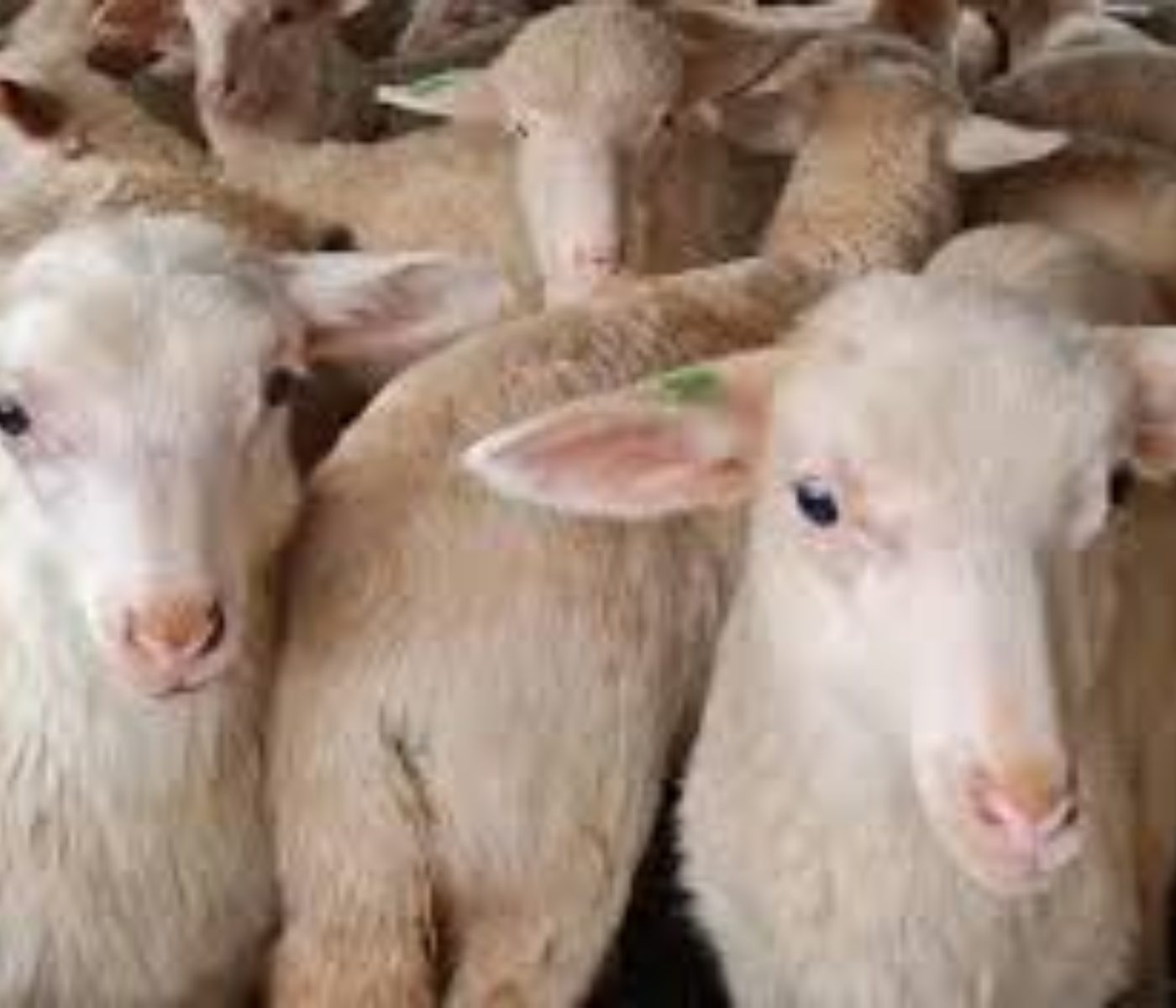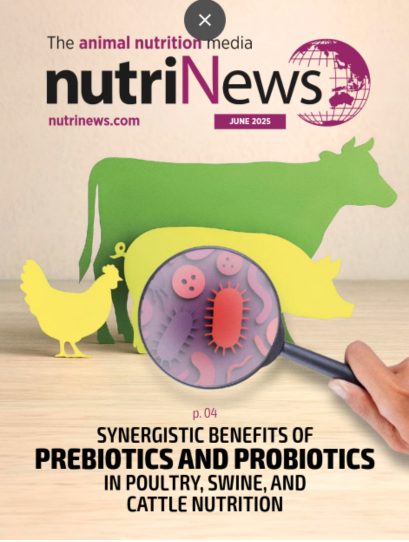Reducing Methane Emission in Ewes with a Dietary Blend of EOs & Polyphenols
Decreasing the emission of enteric methane (CH4) by ruminants is crucial because it represents a significant contributor to global warming. Most Archaea bacteria that reside in the rumen produce CH4 by aerobic catabolism of carbohydrates, and the fermentation byproducts of other microbes in the rumen also contribute to methane production. Methane production in the rumen fulfills these animals’ basic physiological needs by maintaining the ruminal environment’s redox potential (Moss, 2002).
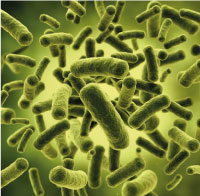
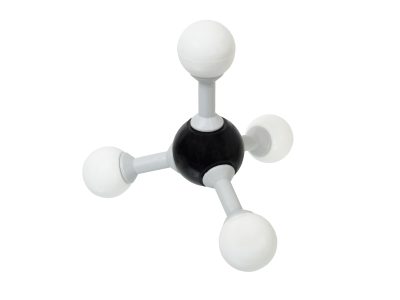 The fermentation of the organic matter of feed is responsible for about 90% of the CH4 produced in the rumen (Murray et al., 1976), and Archaea reduce CO2 to CH4 using electrons derived from hydrogen (Hook et al., 2010; Nolan et al., 2010). This represents a loss of 6 to 10% of gross energy (Johnson and Johnson, 1995). It is also assumed that preventing this energy loss can increase feed efficiency and energy use while reducing production costs at the farm level (Hristov et al., 2013).
The fermentation of the organic matter of feed is responsible for about 90% of the CH4 produced in the rumen (Murray et al., 1976), and Archaea reduce CO2 to CH4 using electrons derived from hydrogen (Hook et al., 2010; Nolan et al., 2010). This represents a loss of 6 to 10% of gross energy (Johnson and Johnson, 1995). It is also assumed that preventing this energy loss can increase feed efficiency and energy use while reducing production costs at the farm level (Hristov et al., 2013).
Many additives can decrease in vitro fermentation and mitigate CH4 production (Pirondini et al., 2012). Several in vitro and in vivo trials have quantified the CH4 emission potential of feeds and examined the effects of different bioactive compounds on ruminal fermentation and gas production (Asanuma et al., 1999; Eckard et al., 2010).
Some of these additives are hydrogen acceptors, such as polyunsaturated fatty acids and nitrates, which decrease the level of electrons needed for CO2 reduction (Lind et al., 2021). The mitigating effect of dietary lipids on CH4 production ranges from 12 to 38% when these lipids account for 3.5 to 7.0% of total dry matter, and this mitigation depends on the amount of fat, fatty acid composition, and composition of the basal diet (Lind et al. 2022; Patra, 2013; Martin et al., 2016).
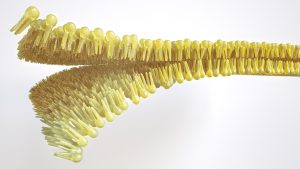
A nitrate additive can decrease CH4 production by up to 30% (Feng et al., 2020; Lind et al., 2021), but its use is limited due to the risk of nitrite toxicity (Lee and Beauchemin, 2014). The investigation of natural compounds that can have an inhibitory effect on enteric CH4 production is critical, and a vast amount of literature exists on this topic, even if the results are often not univocal. Different classes of bioactive substances can modify metabolism in the rumen, such as polyphenols (Vasta et al., 2019) and essential oils (EOs) (Belanche et al., 2020). Polyphenols (such as tannins) and EOs decrease enteric CH4 production by interfering with the metabolism of microorganisms in the rumen.

Recent studies showed that the tannin-mediated decrease in CH4 emission was related to their ability to decrease fiber degradation, which prevents the attachment of microorganisms to plant cell walls, inhibits microbial enzymes, and thereby alters the function of ruminal microorganisms (Vasta et al., 2019). Recent reviews and tests showed that inhibitory effects on fiber degradability were observed with high doses of tannins or blends with other bioactive compounds, whereas limited amounts reduced emissions without adverse effects on digestibility (Lind et al., 2021; Foggi et al., 2023).
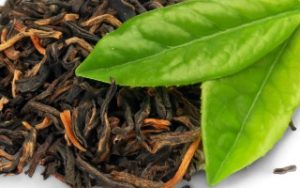
Some studies have used flavonoids, the largest class of phenolic compounds, to decrease CH4 emissions by enteric microorganisms, and their effect depends on the chemical structure of the specific flavonoids (Oskoueian et al., 2013). Tannins have anti-methanogenic effects mainly due to their effects on microbial populations in the rumen because they are toxic to some strains of bacteria, protozoa, fungi, and Archaea (Patra and Saxena, 2011). The results of in vitro and in vivo studies consistently indicated the potential efficacy of tannins in mitigating enteric CH4 emissions from ruminants, and hydrolyzed tannins with little structural variability are incredibly influential (Aboagye and Beauchemin 2019).

Tannins from chestnut (Castanea sativa L.) are the most commonly extracted hydrolysable tannins from temperate plants, and these tannins are efficient in decreasing CH4 emissions from ruminants (Hassanat and Benchaar, 2013; Aboagye and Beauchemin, 2019). However, the effect of this decrease is highly variable, ranging from 4.3% to 70% in vitro and from 6.0% to 68% in vivo (Aboagye and Beauchemin 2019).
EOs are widely used as a feed additive and an alternative to antibiotics because of their antimicrobial activity (Patra et al., 2017). Several studies showed that EOs modulate rumen metabolism by improving microbial fermentation and decreasing CH4 production due to their inhibition of Archaea (Benchaar et al., 2008; Benchaar and Greathead, 2011). An advantage of EOs is that they are natural compounds. Several studies showed that EOs decreased CH4 production and had no adverse effects on feed intake or productivity (Belanche et al., 2020). However, very few studies have evaluated the effects of EOs and their constituents on CH4 emissions in vivo. Specific studies are needed to confirm the effect of EO blends after an initial period of rumen adaptation (Belanche et al., 2020).
In addition, different compounds (EOs, flavonoids, and tannins) can act with different mechanisms as methane production modulators. Using their mix could have a synergistic effect. Using in vivo experiments on commercial farms to quantify CH4 emissions from ruminants is essential. Dietary modification may be a relatively simple and effective way to mitigate climate change.
Study
A study was conducted to test the effect of a dietary premix consisting of a blend of EOs, bioflavonoids, and chestnut tannins, EOs, and polyphenols or also labeled as EOP on methane emission from dry, non-pregnant ewes. Sheep are a valuable animal model for feeding trials, especially for testing the effect of different animal diets on production and metabolic responses.

Materials & Methods
- Twenty-four dry Sarda ewes were allocated to two homogenous groups: control (CNT) and treatment (TRT) groups.
- Both were fed with a total mixed ration (TMR), and the TRT group was supplemented with one gram/ewe/day of EOP blend.
- In particular, the EOP consisted of a coated blend of EOs, mainly from clove (Syzygium aromaticum), coriander seed (Coriandrum sativum), and geranium (Pelargonium cucullatum); tannins (CT) from chestnut (Castanea sativa); and bioflavonoids (BF) from olive (Olea europea). The EO:CT: BF ratio was 1:2.5:0.1, and the blend (EOP) was a commercial product (Anavrin, Vetos Europe SAGL, via delle Industrie 18, 6593 Cadenazzo, Switzerland).
- Each animal followed a 20-day adaptation period before methane emission measurements. Methane emissions were measured using a ventilated hood system equipped with a digital gas analyzer (GMS810 SICK S.p.A., Vimodrone, MI, Italy) for 24 24-hour measurement period (Figure 1).
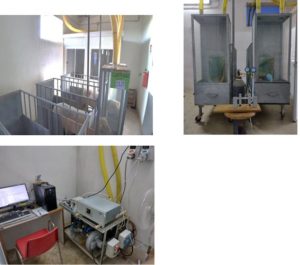
Figure 1. Metabolic cage with installed Ventilated Hood for gas collection and the digital gas analyzer located at the Experimental farm of the University of Sassari, Sassari, Italy.
The ventilated equipment of the experimental barn of the University of Sassari (Italy) was used to perform direct measures of methane emission and indirect calorimetry of small ruminants using sheep as animal models. Lind et al. (2022) report a more detailed hood description.
Results & Discussion
- The dietary EOP blend used in this study indicated that a low dose (1 g/day/ewe) led to significant reductions in the production of CH4 by ewes when calculated as g CH4/kg dry matter intake, g CH4/kg Organic Matter Intake, and g CH4/kg digested Organic Matter and had no impact on intake or digestibility.
- Ewes that received the EOP blend had a 13% lower methane yield than ewes that received the control diet (22.4 vs. 25.5 g of CH4 per kg of dry matter intake; P < 0.05; Figure 2). Otherwise, the EOP blend did not impact daily methane emission when calculated as g CH4/ewe or g CH4/kg body weight.
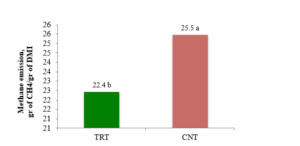
Figure 2. Methane emission from sheep supplemented with one g/d per ewe of Essential oils and polyphenol blend (TRT) and Control (CNT) groups.
Letters, a and b indicate a difference for p < 0.05 between groups.
- The EOP blend at a daily dose of 1 g/day per ewe decreased methane yield under the experimental conditions described in this work.
- Thus, feeding an EOP dietary blend to ewes can decrease methane emissions.
- These results were obtained in vivo with typical farm conditions, suggesting a similar response may occur in field conditions.
Source: This entry is a summary of the following scientific article in press in Animal Production Science, where all the cited literature is available contacting the author ([email protected]): Atzori A.S., Porcu M.A., Fulghesu F., Ledda A., Correddu F. 2023. A dietary blend of essential oils and polyphenols to reduce methane emissions in small ruminants. Animal Production Science, In press. https://www.publish.csiro.au/AN/justaccepted/AN23070

